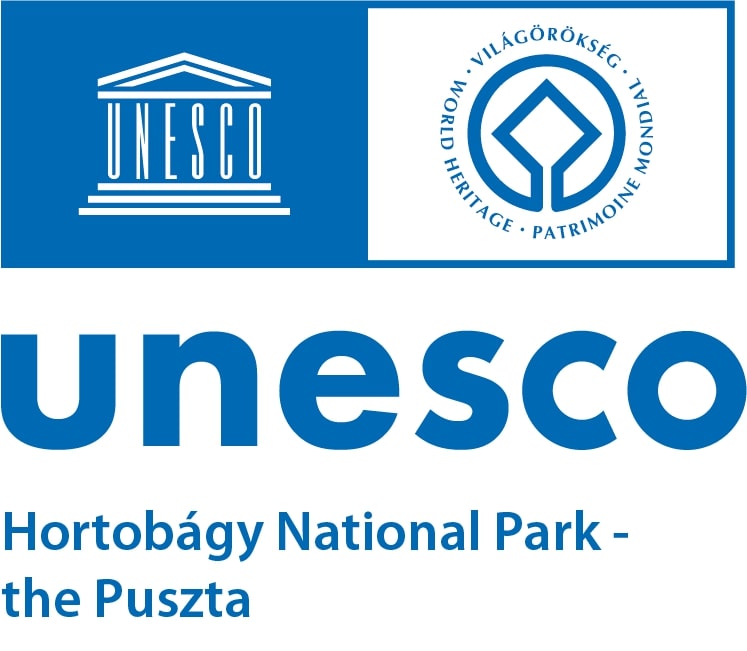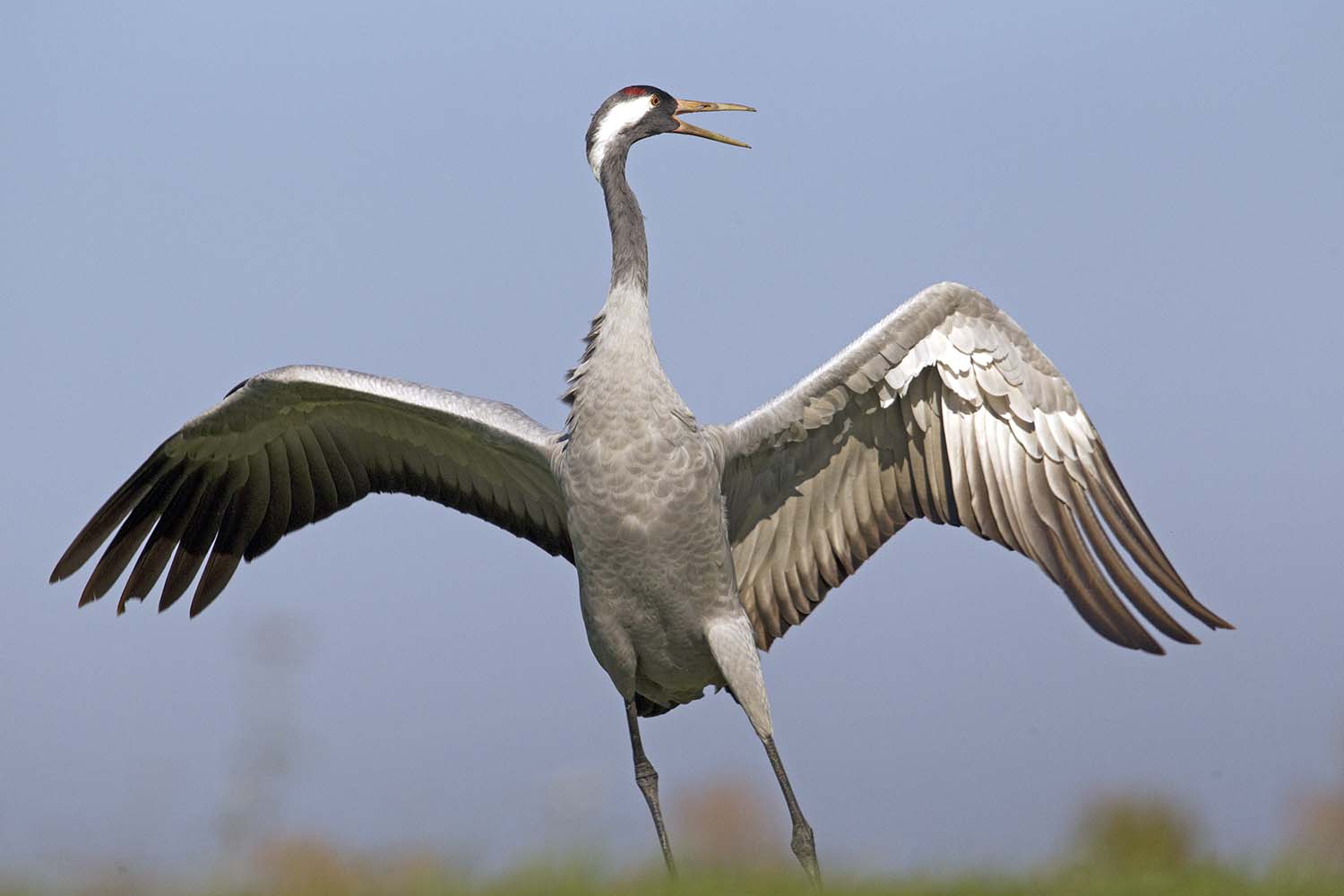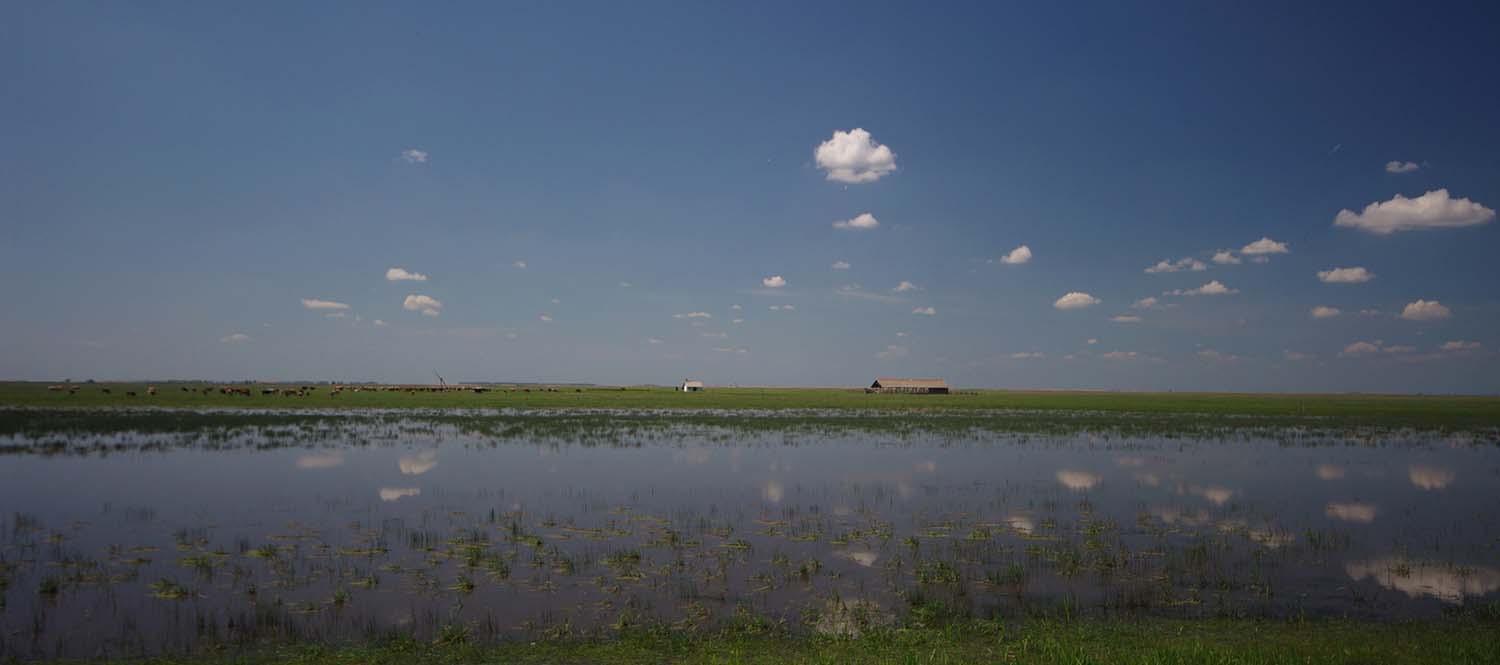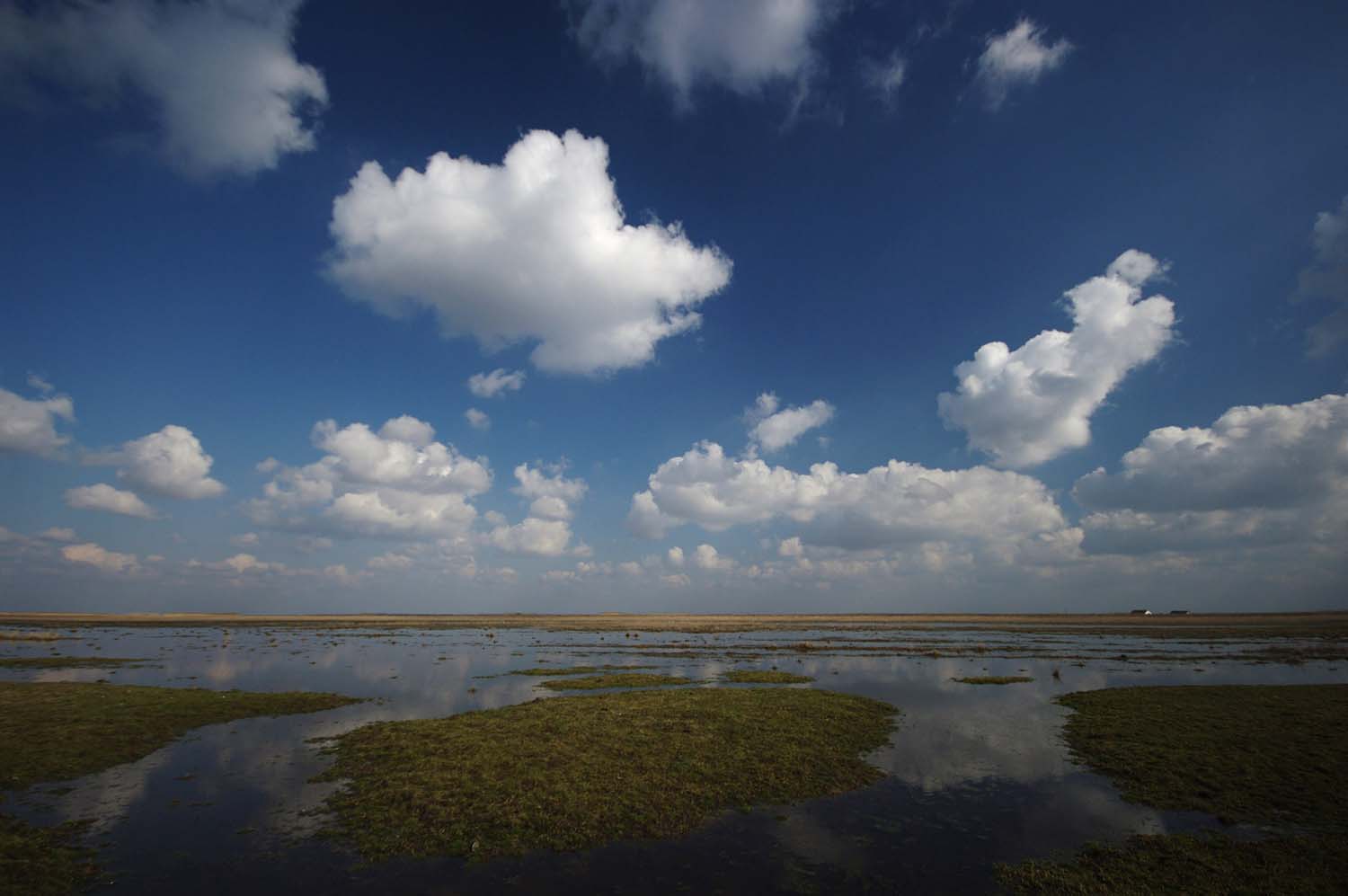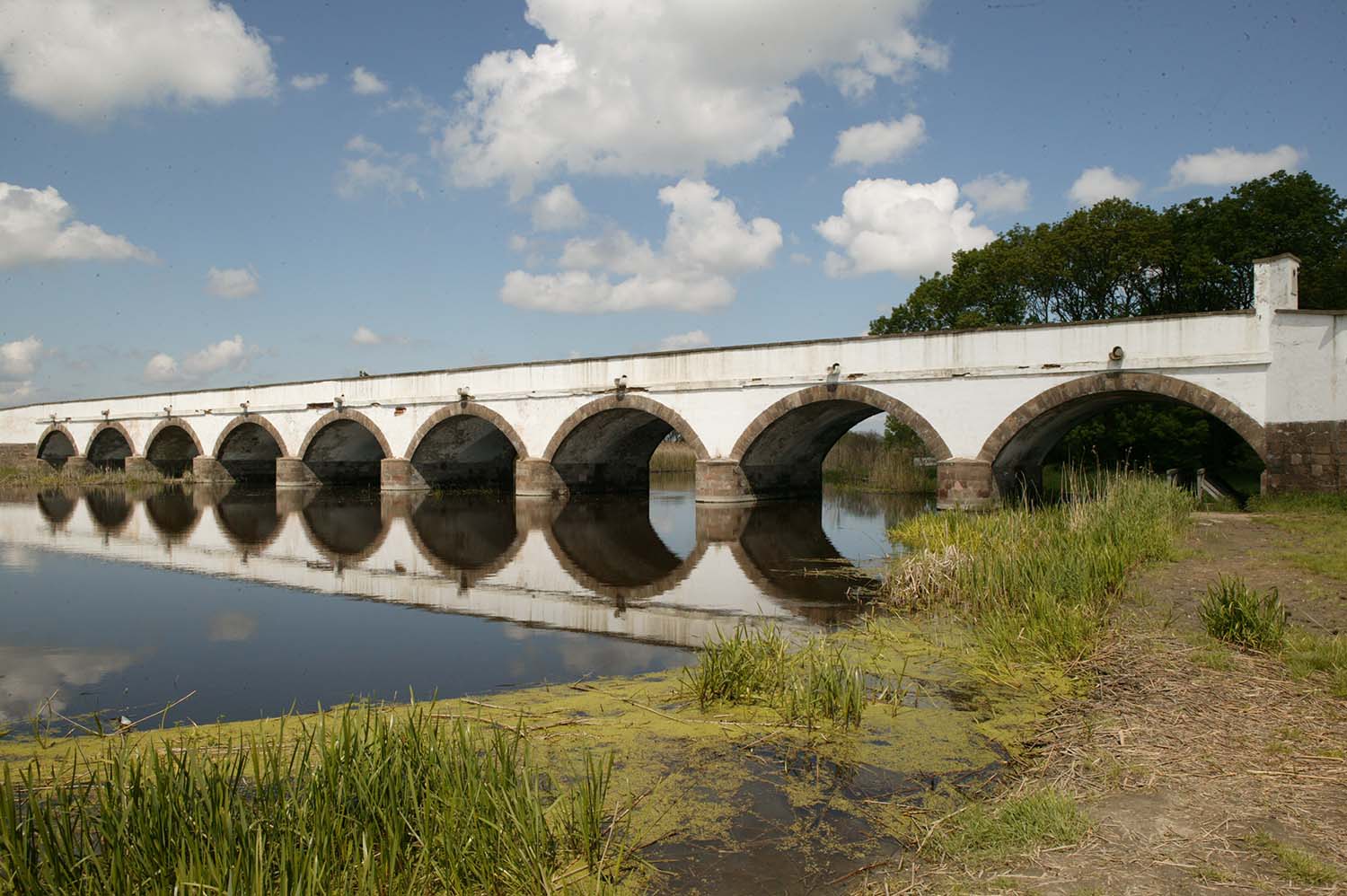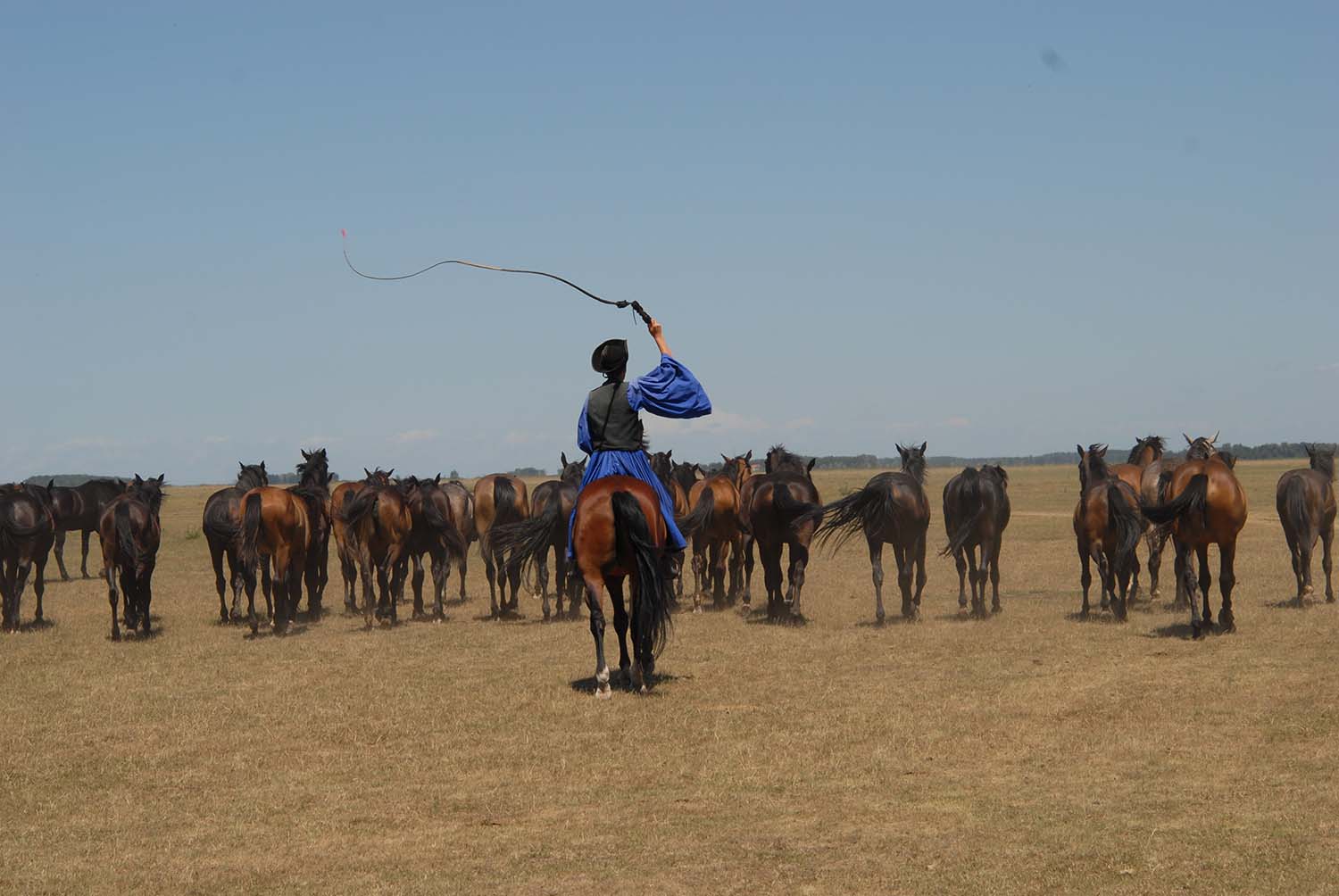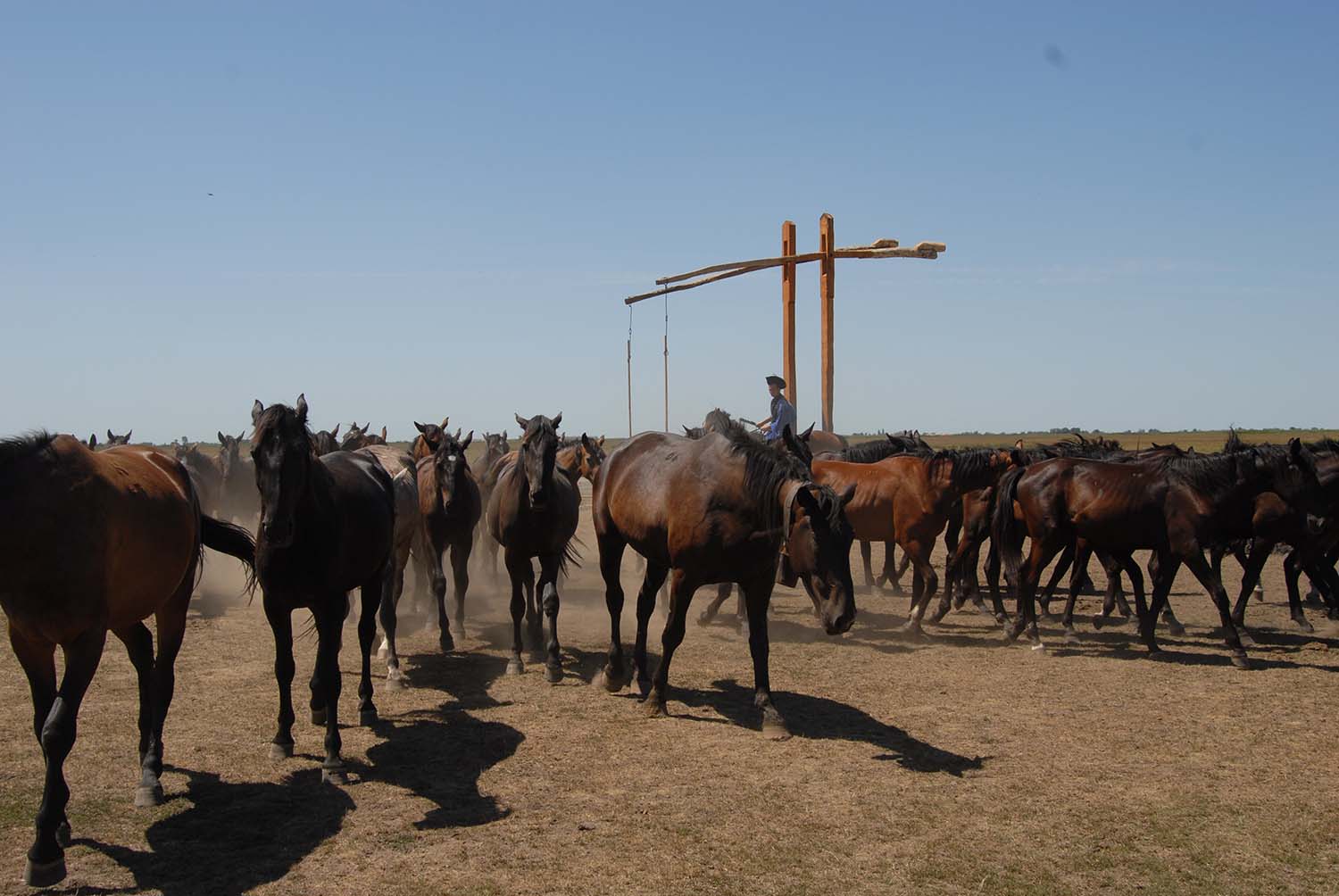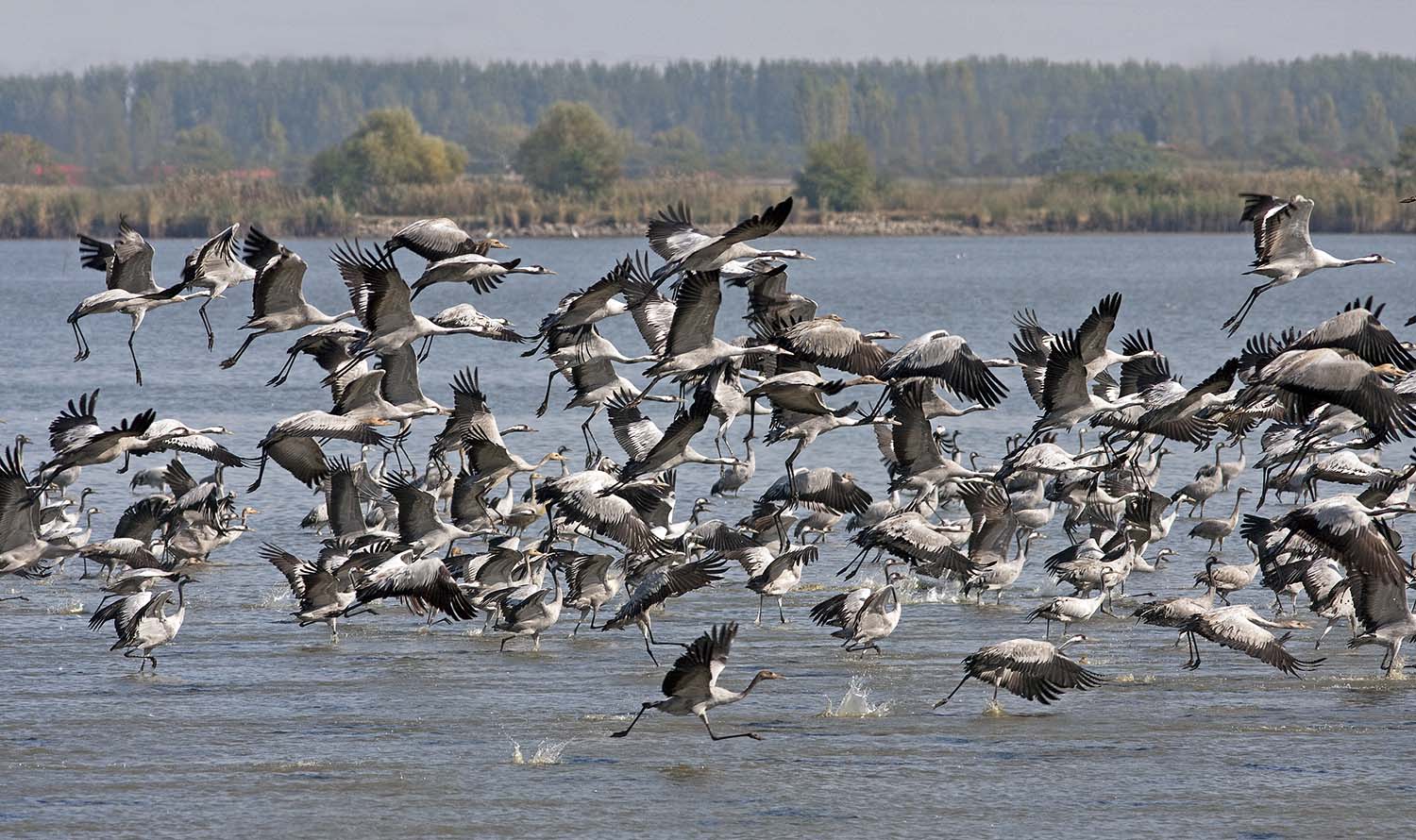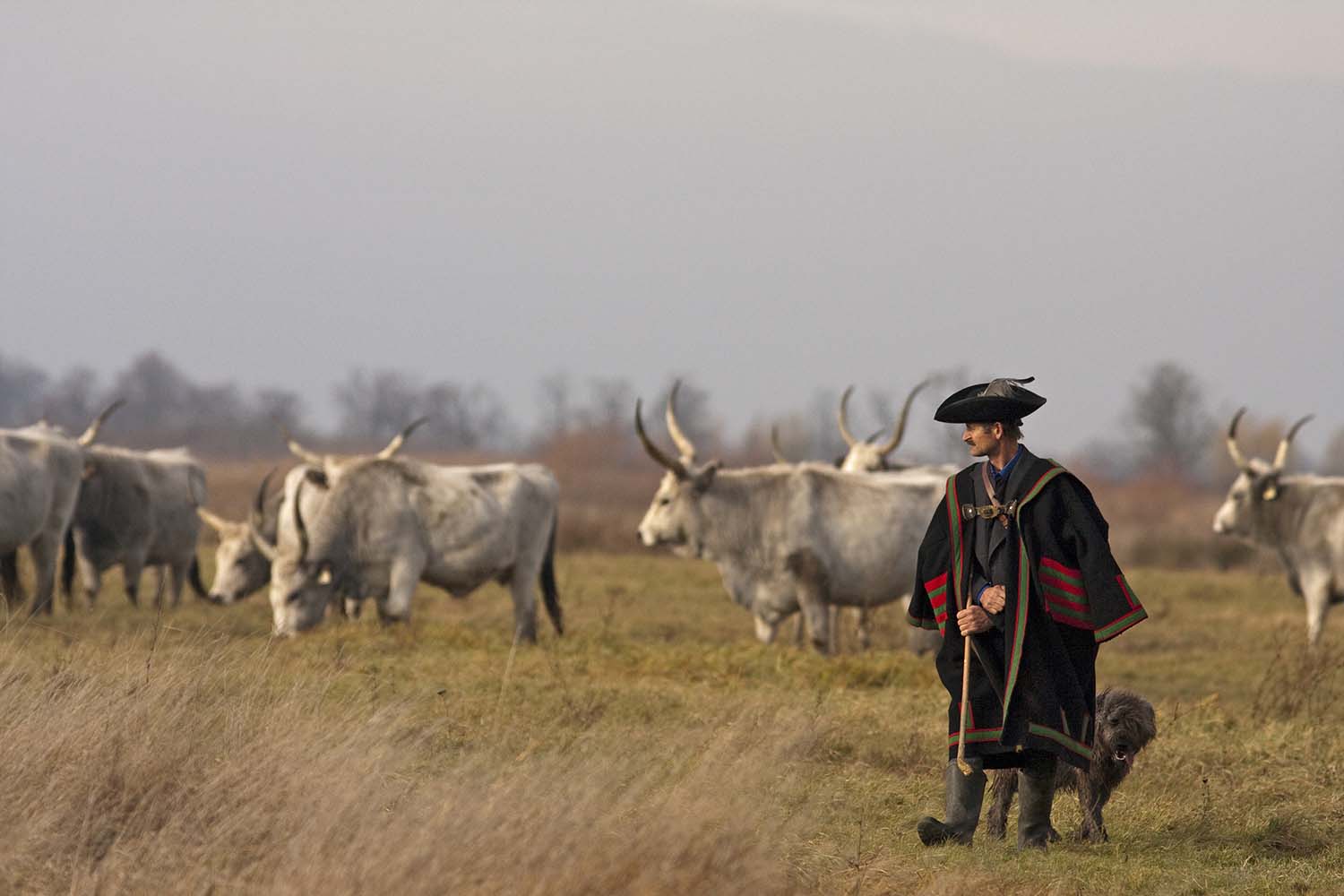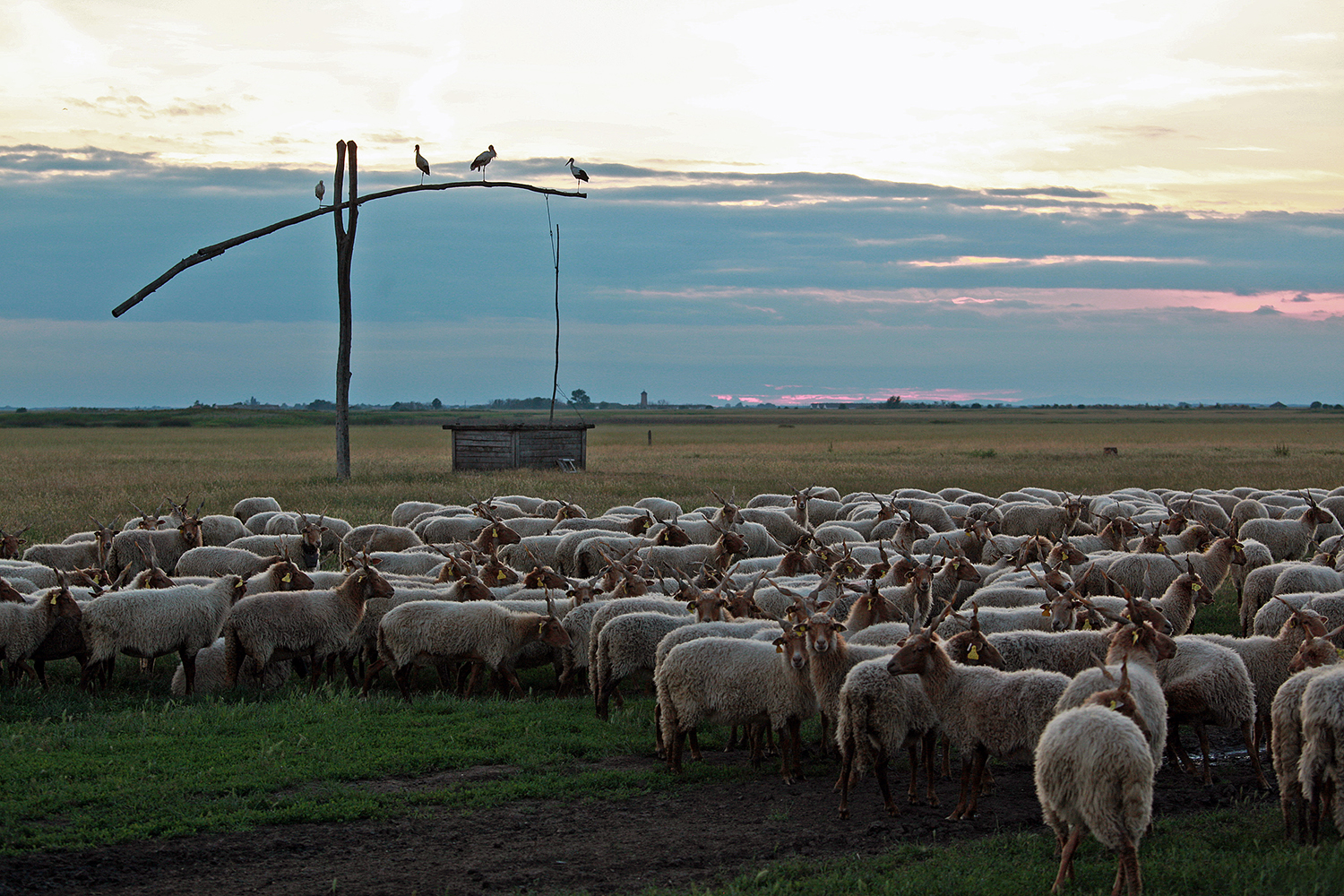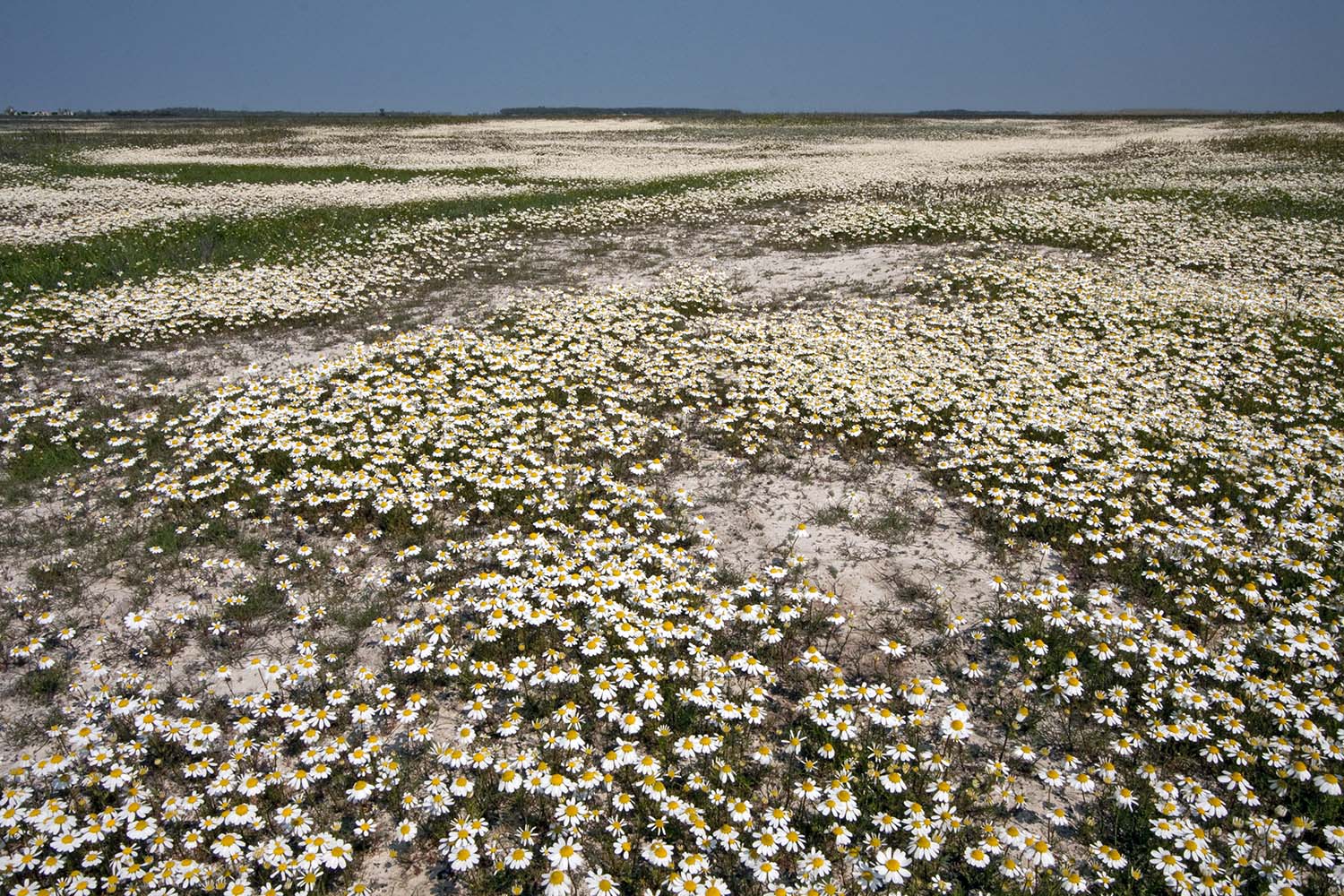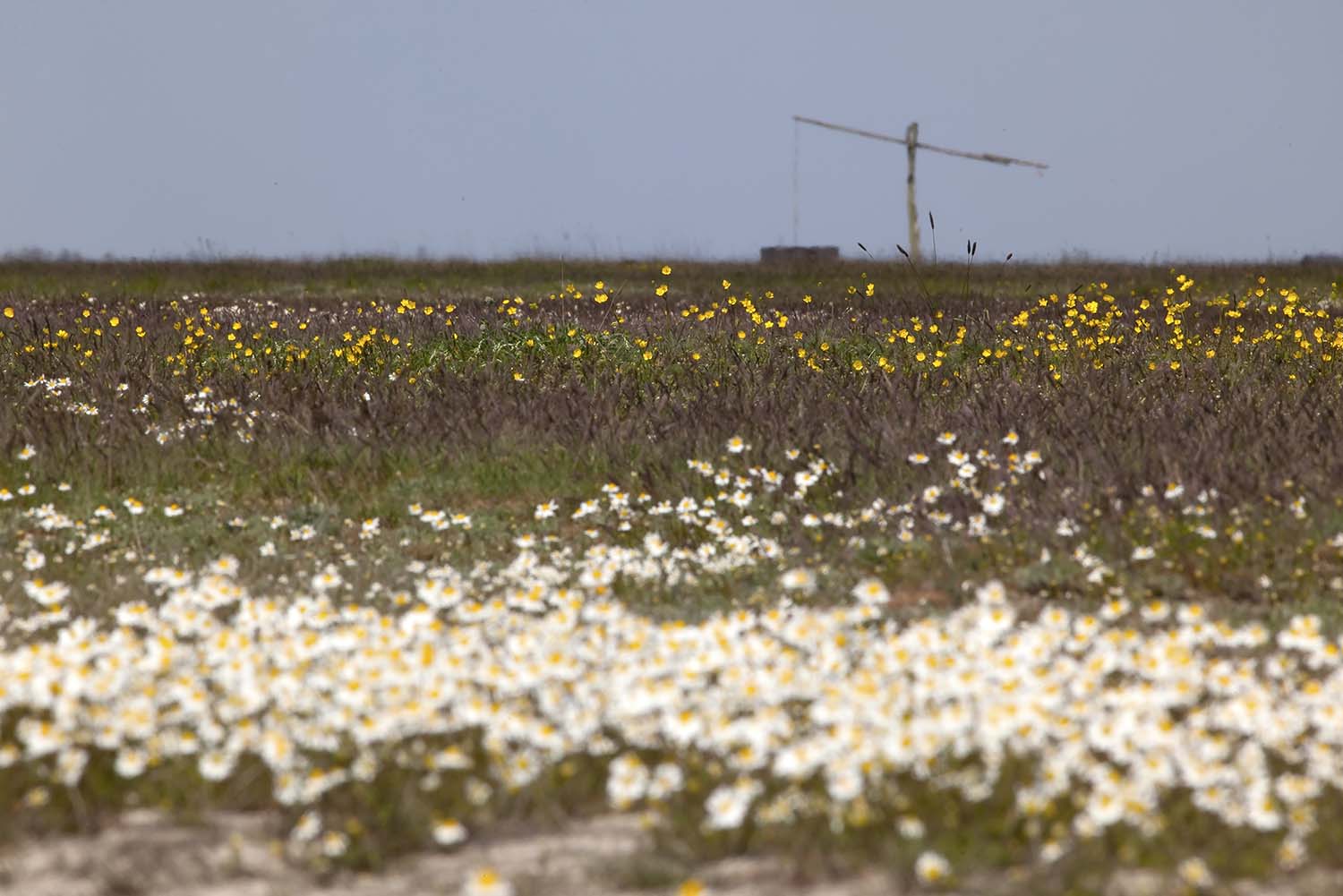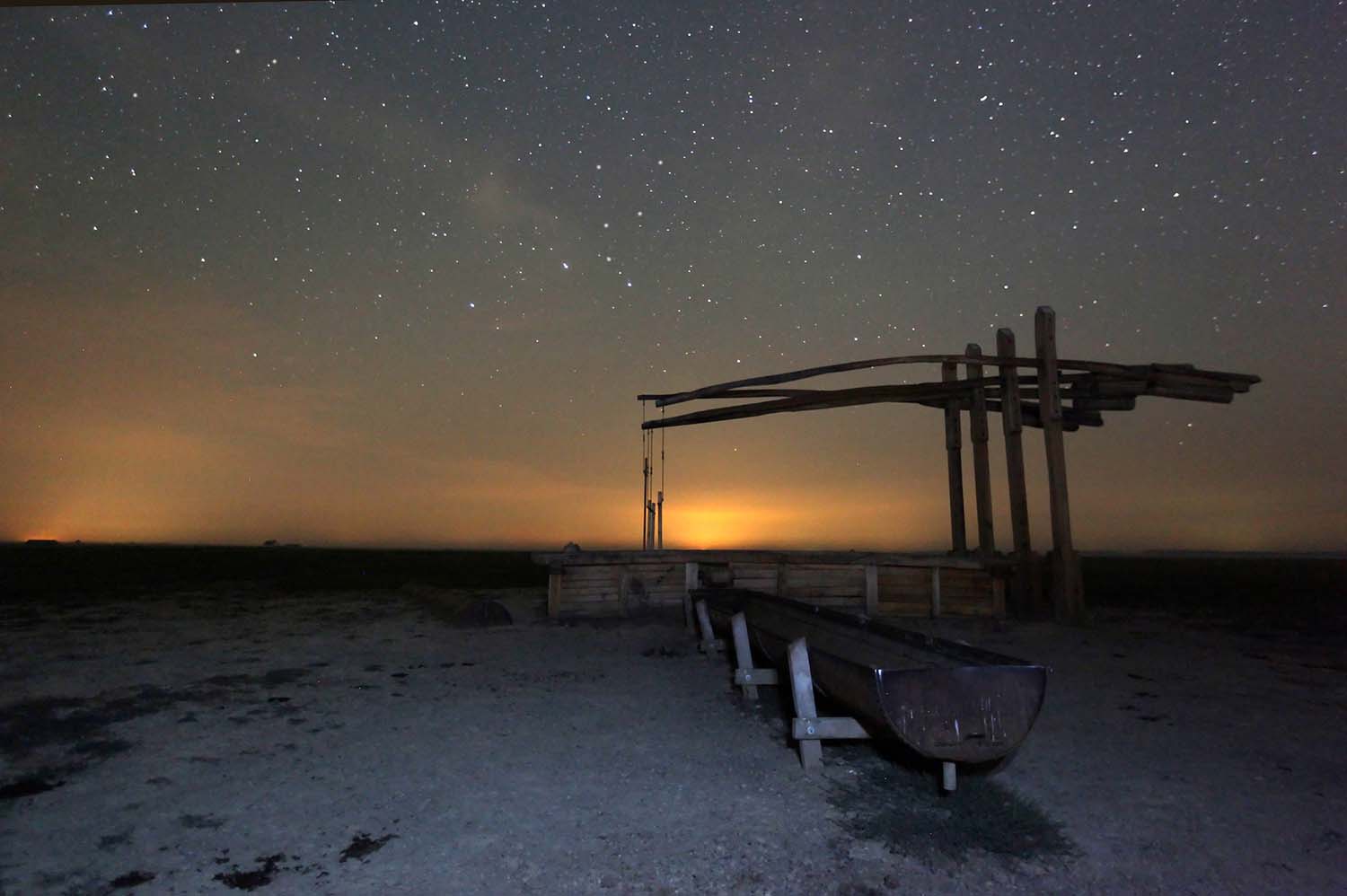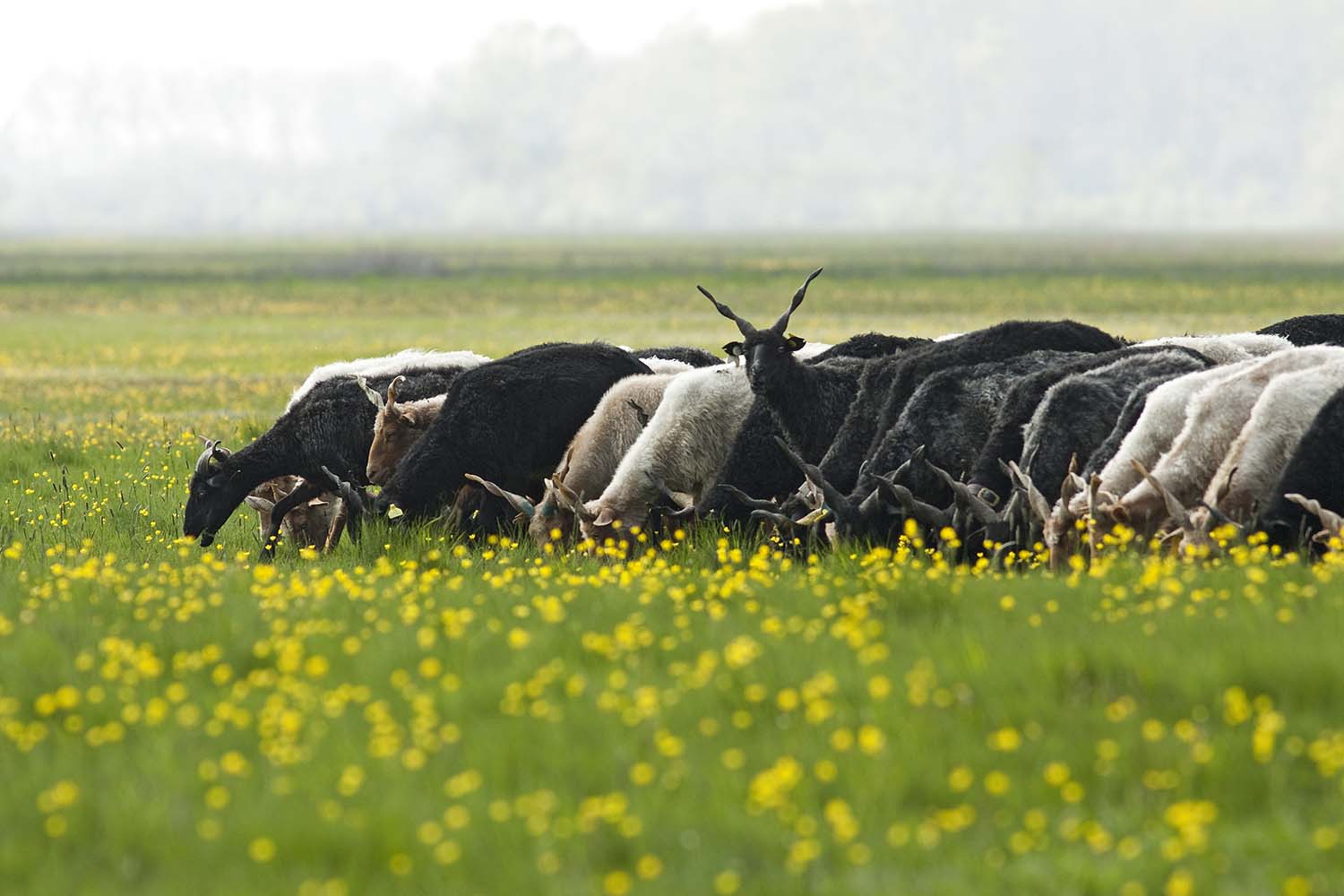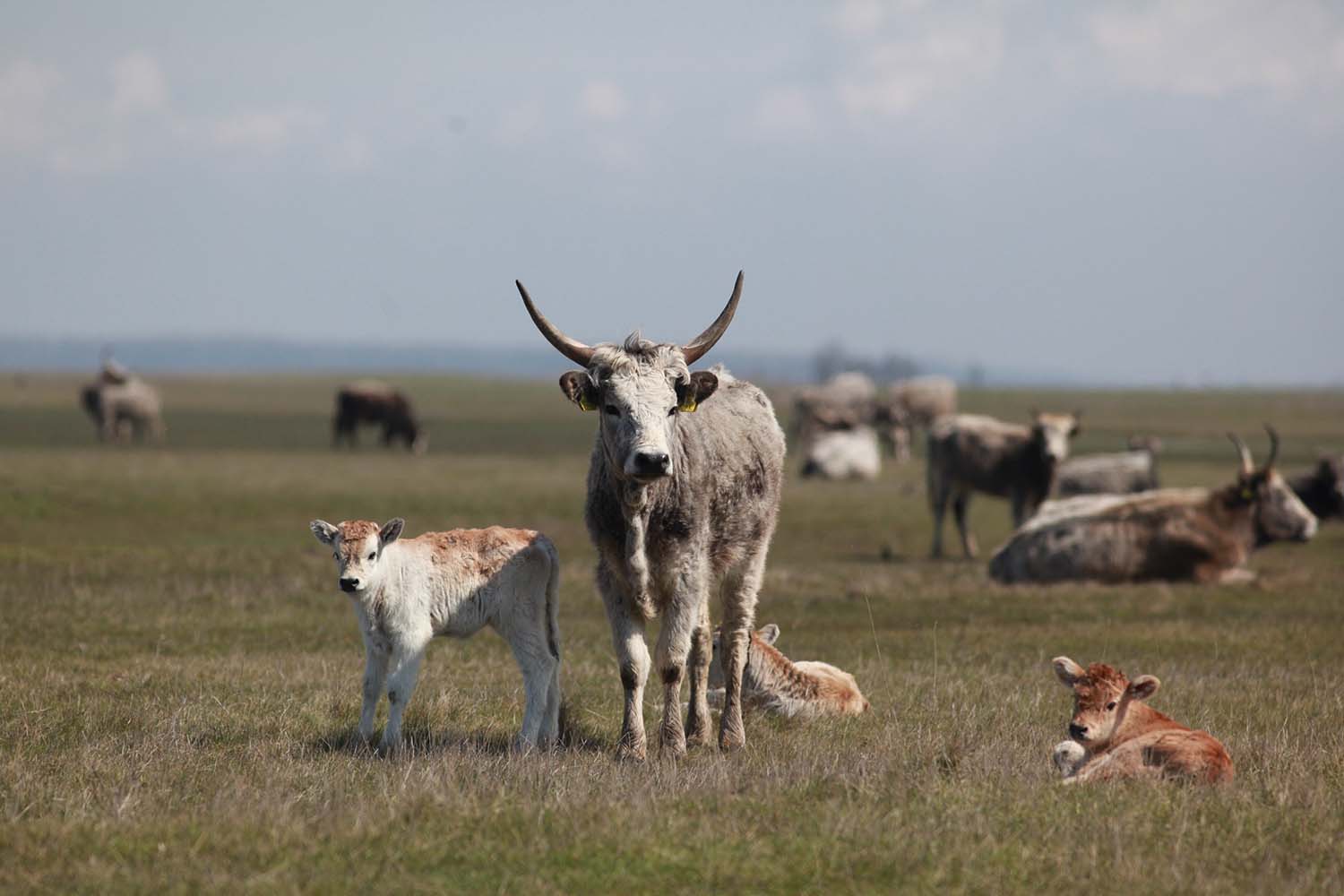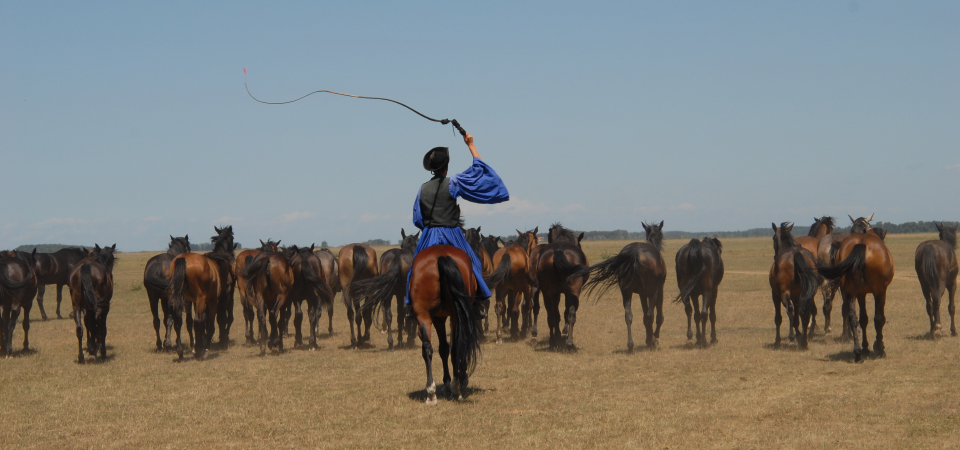
Hortobágy National Park – the Puszta
Introduction
The ‘Hortobágy National Park – the Puszta’ property was inscribed on the World Heritage List by the UNESCO World Heritage Committee in 1999 as a cultural landscape, with the registration number 474rev. According to the decision of the Committee the Hungarian Puszta is an exceptional surviving example of a cultural landscape shaped by a pastoral society that managed to retain the biological diversity of the Hortobágy pastures for many thousand years by keeping livestock outdoors, practicing a kind of animal husbandry that represents a harmonious interaction between people and nature.
Gallery
About the Site
The original image of the landscape was defined by the waters and the herds of aurochs and wild horses grazing on the largely open grassland area before the arrival of humans. Contrary to the popular belief, the Hortobágy Puszta (wasteland, abandoned area) was not covered by closed forests in the past 10-12 thousand years, and the salinization of the soils – previously presumed to have originated after deforestation – was not caused by river regulations and wetland drainage. According to the current state of scientific knowledge, the diverse alkaline plant associations – from the barren soil surface to the alkaline grasslands, meadows and shallow marshes – are among the oldest habitat types of the Carpathian Basin.
A long process started approximately five thousand years ago, during which the large ungulates living in the wild were gradually replaced by domestic animals due to the eastern livestock keeping nomads, settled on the great plains for shorter or longer periods of time. The Hortobágy could be a familiar landscape to the Hungarian conquerors arriving from the steppes, although the pastures here were probably more productive than the ones east of the Carpathians. During the thousand years of Hungarian history, the Hortobágy has always been a communal grazing ground, either as a royal estate, external pasture of the neighboring towns, such as Debrecen, or the property of the state, as in the past 70 years.
Human communities were established in the area from the Neolithic, although the earliest distinctive changes to the landscape are marked by the hundreds of kurgans – or Cuman mounds – built in the Copper and Bronze Ages. In the early Middle Ages, a loose network of small villages diversified the landscape, of which only a few church ruins remained. The Hortobágy turned into a true wasteland, a real ‘puszta’ after the Mongol invasion of Hungary, becoming a desolate, unpopulated area. From the second half of the 17th century, roadside inns catering to merchants and travelers were established 10-12 kilometers apart along the merchant roads crossing the Great Hungarian Plain, and bridges were built to make transport easier. A famous example and emblematic structure of the Hortobágy is the Nine-arched Bridge built between 1827 and 1833. Also representatives of the Hungarian Puszta are the well poles or sweeps, which are used to water animals.
The regulation of River Tisza started in the middle of the 19th century, as a result of which the partly canalized, dammed river could not provide water for the biotope mosaics on its former floodplain anymore, leading to the extension of the saline soil and vegetation that was already present in the area. Mainly in the first half of the 20th century, a 1500-kilometer-long canal network was established on the Hortobágy for the purpose of draining the remaining wetlands, providing irrigation for the dried-out pastures, and rice cultivation.
The first national park of Hungary was founded half a century ago on 52 000 ha of the Hortobágy to protect and preserve the natural values of the Puszta, its flora and fauna, its characteristic landscape, providing an undisturbed environment for its unique nesting and migratory bird species, as well as preserving and showcasing the traditional lifestyle on the wasteland, the near-extinct ancient Hungarian animal breeds, and the cultural heritage of the Hortobágy in an authentic manner. Due to numerous extensions, the area of the Hortobágy National Park is recently more than 80 000 ha large, nearly 75 000 ha of which is a world heritage site. Being the all-time largest protected area of Hungary, the site is surrounded by an almost 100 000 ha buffer zone, having predominantly a landscape protection function. The Hortobágy National Park is also a UNESCO Biosphere Reserve, and nearly one third of its territory is a wetland of international importance, protected by the Ramsar Convention.
As a result of the landscape scale restoration projects, reconstruction of the wetland and grassland biotopes, and practicing extensive grazing as the method of animal husbandry, the vast majority of the world heritage site is covered by natural or near-natural habitats with rich and diverse flora and fauna. The plants associations of the alkaline grasslands, pastures, meadows and wetlands, as well as the fishponds are of international importance considering the large number and mass populations of nesting and migration of bird species. The migration of the hundreds of thousands of cranes through the area during the fall is an especially spectacular event.
Map
Hortobágy National Park - map of the Puszta World Heritage Site.

Outstanding Universal Value
The Outstanding Universal Value of the ‘Hortobágy National Park – the Puszta’ World Heritage Site is defined by Decision 37COM 8E (2013) of the UNESCO World Heritage Committee. Represented by the Hortobágy National Park, the Puszta is a complex mosaic of natural grasslands, loess ridges, saline pastures, meadows and different-sized wetlands, that has been presented ideal conditions for pastoralism since prehistoric times.
The main elements of historic land-use (extensive grazing, partly with traditional breeds of domestic animals, as well as the unused areas sustained in their natural conditions) are still present today, preserving the structure and functional complexity of the cultural landscape. The human-made elements of the landscape built to serve traditional land-use (dug wells made of wood, taverns, bridges, temporary accommodations) preserve in their materials (adobe, reed), forms, structural constructions (or the characteristic absence of certain structures, such as fences) and the ways of their use the features and technologies that evolved throughout the centuries. The observation of pastoral, handicraft and other community traditions (folk customs, fairs) related to the use of the land is ensured by consciously practicing and passing them to future generations. The proportions of the landscape’s scenery have inspired a number of artists, poets and writers throughout the centuries.
The cultural landscape of the Puszta represents an outstanding scenic quality, with picturesque, dramatic patterns and combinations of landscape features which give the site a distinctive character with aesthetic qualities and topographic and visual unity. The unbroken horizon is only occasionally disrupted by trees, groves, settlements or linear establishments (e.g. by wire lines). Human-made elements fit harmoniously into the landscape, and sustainable land-use practices have contributed to the conservation of the diversity of species and biotopes, as well as to the maintenance of the landscape. There is almost no permanent human population within the world heritage site, but in the grazing season, from April to October-November, hundreds of livestock farmers graze their animals here. Their traditional pastoralism – along with the related social customs and handicraft activities – also manifests in their intangible cultural heritage.
Attributes carrying outstanding universal value are the natural values defining the landscape (short-grass saline pastures, micro-formations caused by erosion, mosaics of wastelands and marshes, round and wing forests, unbroken horizon, birds migrating in masses, natural phenomena, starry sky without light pollution); traditional land use (extensive grazing of native, domestic animals); built heritage (pastoral architecture and monuments); pieces of archaeological and intangible heritage (knowledge on animal husbandry and pastoral architecture, craftsmanship, folk music, literature and arts).
The inscription of the site on the World Heritage List is justified by its compliance with Criteria (iv) and (v).
-
Criterion (iv)
The Hungarian Puszta is an exceptional surviving example of a cultural landscape formed by a pastoral society. -
Criterion (v)
The landscape of the Hortobágy National Park maintains intact and visible traces of thousands of years of traditional land-use, exemplifying the harmonious interaction between people and nature.
Contact
Hortobágyi Nemzeti Park Igazgatóság
Address: H- 4024 Debrecen, Sumen u. 2
Postal address: 4002 Pf. 21
E-mail: hnp@hnp.hu
Phone: +36 52 529 920 , +36 30 383 1612
https://www.hnp.hu/hu
